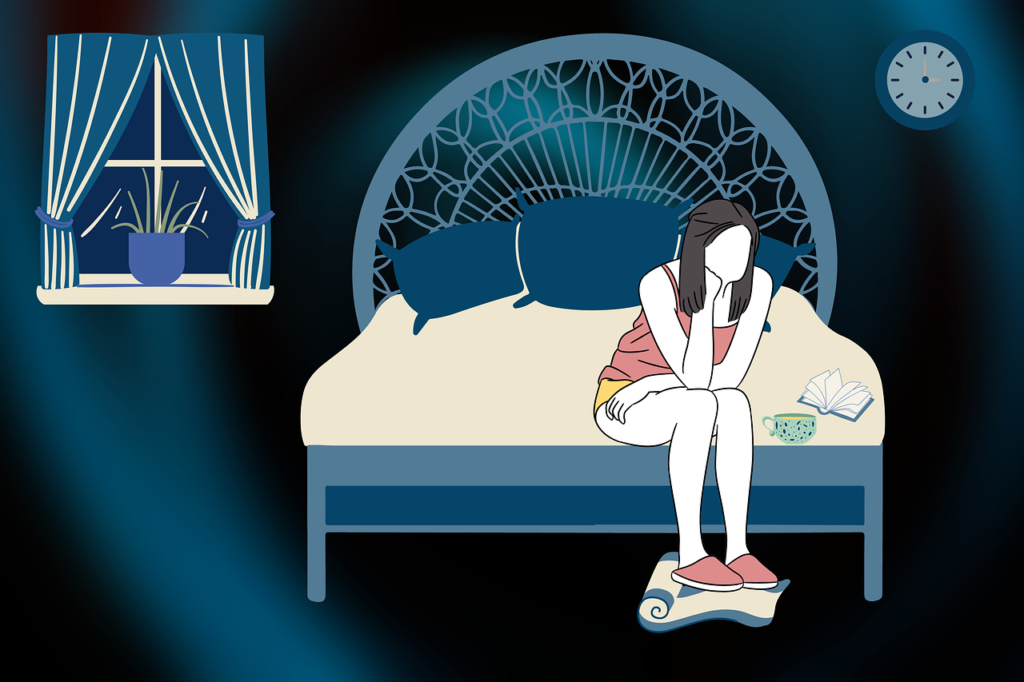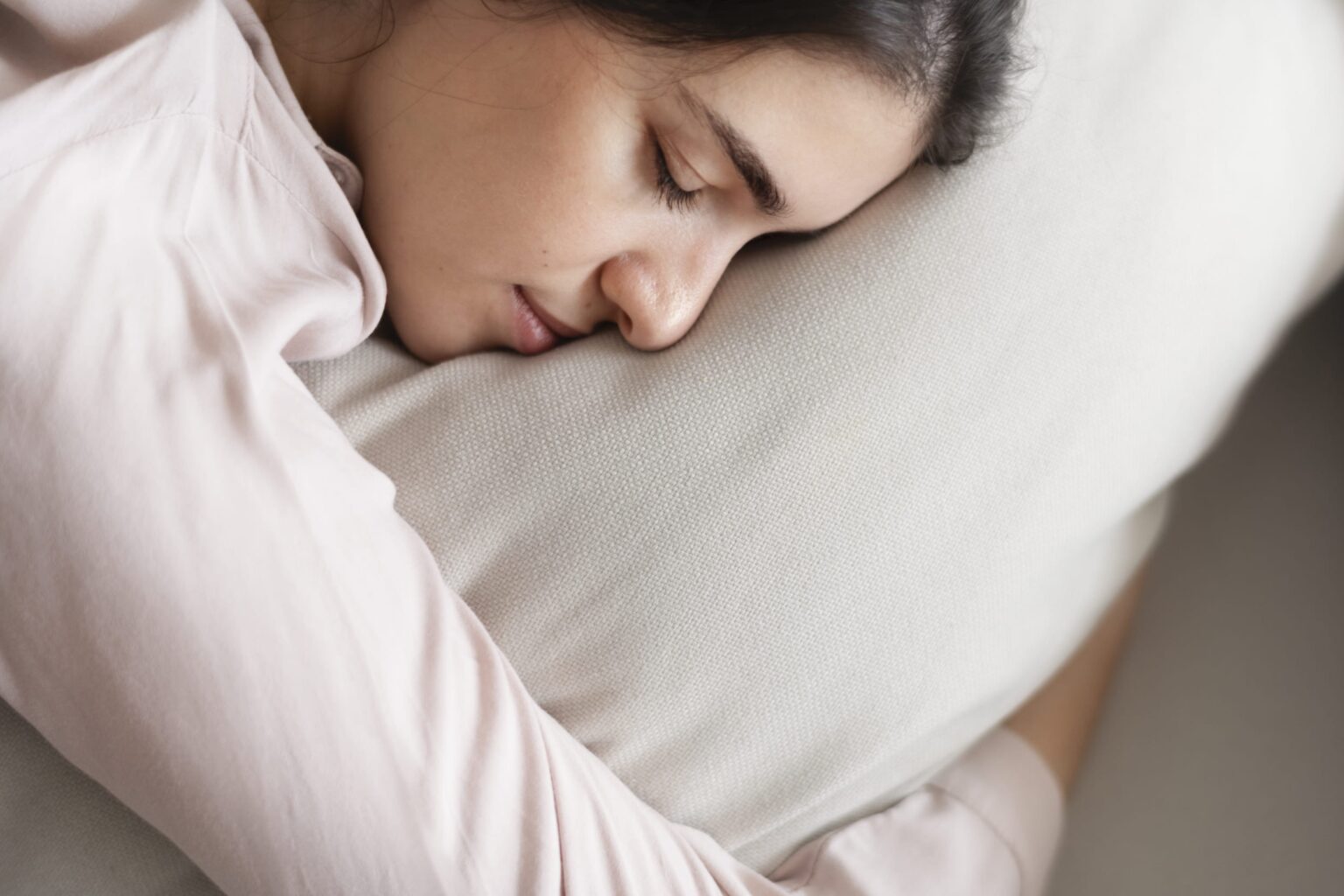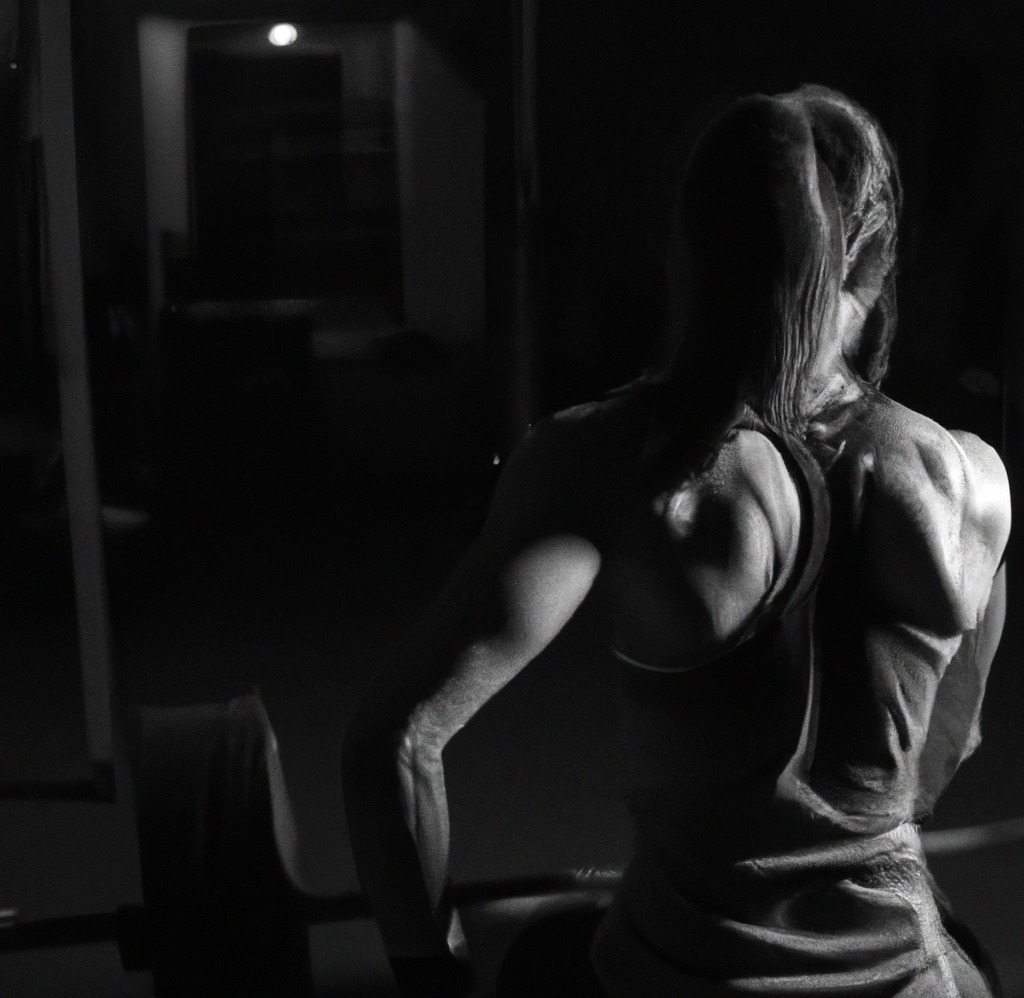Nightlife is not for humans. Those who sleep like an owl, that is, people who prefer to go to bed late and are more active at night, have a worse stress response and a greater predisposition toward risky behaviors, such as smoking and alcohol consumption.
Nightlife is not for humans. Those who sleep like an owl, that is, people who prefer to go to bed late and are more active at night, have a worse stress response and a greater predisposition toward risky behaviors, such as smoking and alcohol consumption. This was revealed by research from the University of Pisa conducted on a sample of 120 healthy adults, published in the journal Chronobiology International, and whose first author is Francy Cruz Sanabria.
“Analyzing sleep-related behaviors and habits over the years has shown that we are not all the same,” noted the study’s coordinator, Ugo Faraguna, of the University of Pisa. “There is, in fact, about 15 percent of the population,” he added, “that we can define as owls, that is, they are more active at night, stay up later in the evening and have difficulty in the morning, and a 15 percent of the population that, on the opposite end of the spectrum, tends to wake up very early and make the most of the early hours of the day, the so-called larks.
These are two classic examples of a chronotype, which is a kind of profiling of some important characteristics that are easily identified by simply monitoring their sleep-related habits. By analyzing a sample of 120 healthy people, the study has now identified that in owls there is a lower capacity to respond to traumatic or stressful events, such as may bereavement or family separation, with responses that sometimes result in risky behaviors such as smoking or drinking.
“Sleep quality,” Faraguna added, “is now considered among the main risk factors for the development of neurodegenerative diseases, such as dementia and Parkinson’s, yet there is still little attention paid to it. Help can come from modern wearable technologies, which have greatly simplified the ability to easily monitor these parameters. One example is the wristbands used in the study and designed by the University of Pisa startup Sleepacta, which will be among the guests at Converging Skills in June. “One of the hopes,” Faraguna concluded, “is that awareness will also increase on sleep, as it did with blood pressure monitoring to reduce circulatory dangers.

SOURCE: Popular Science









